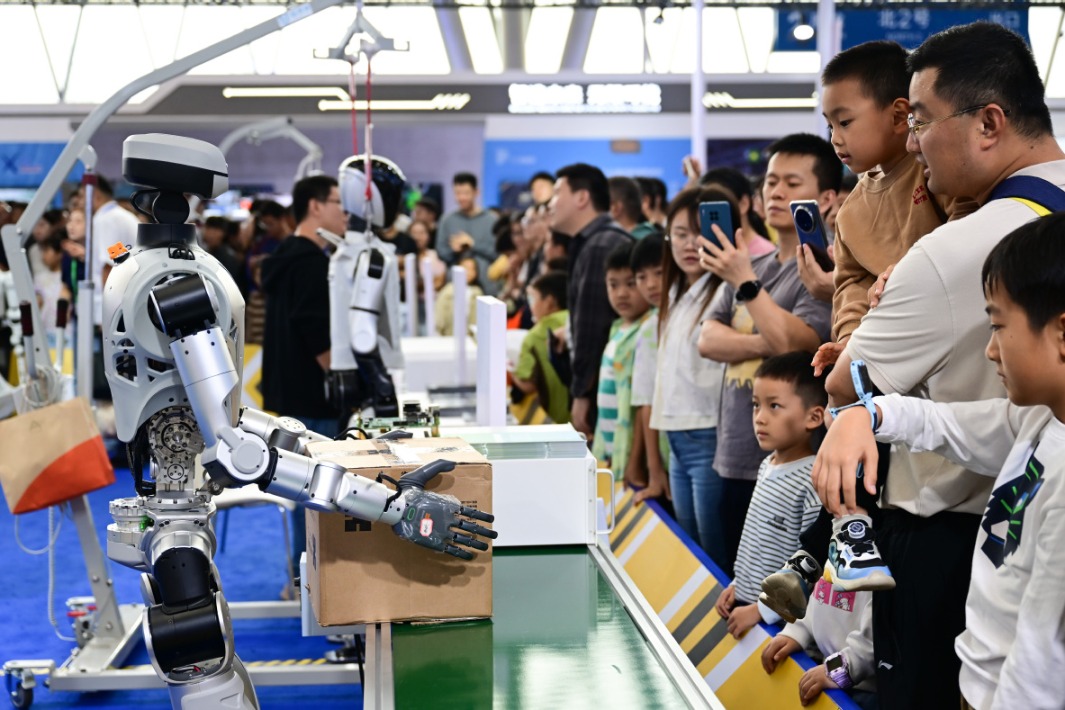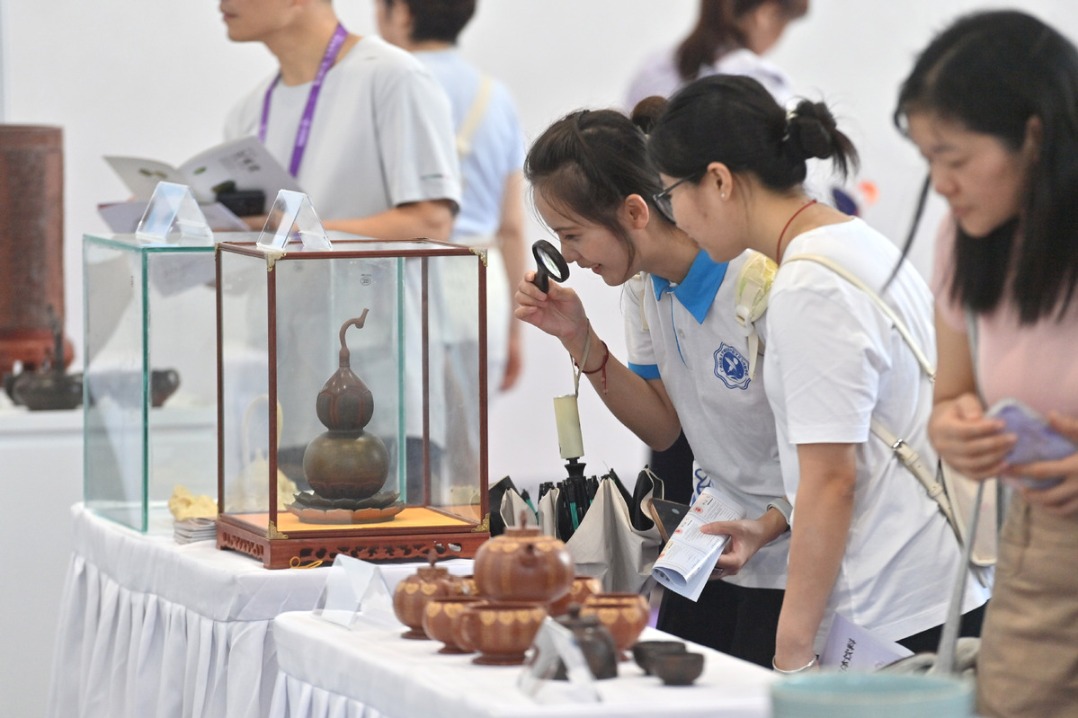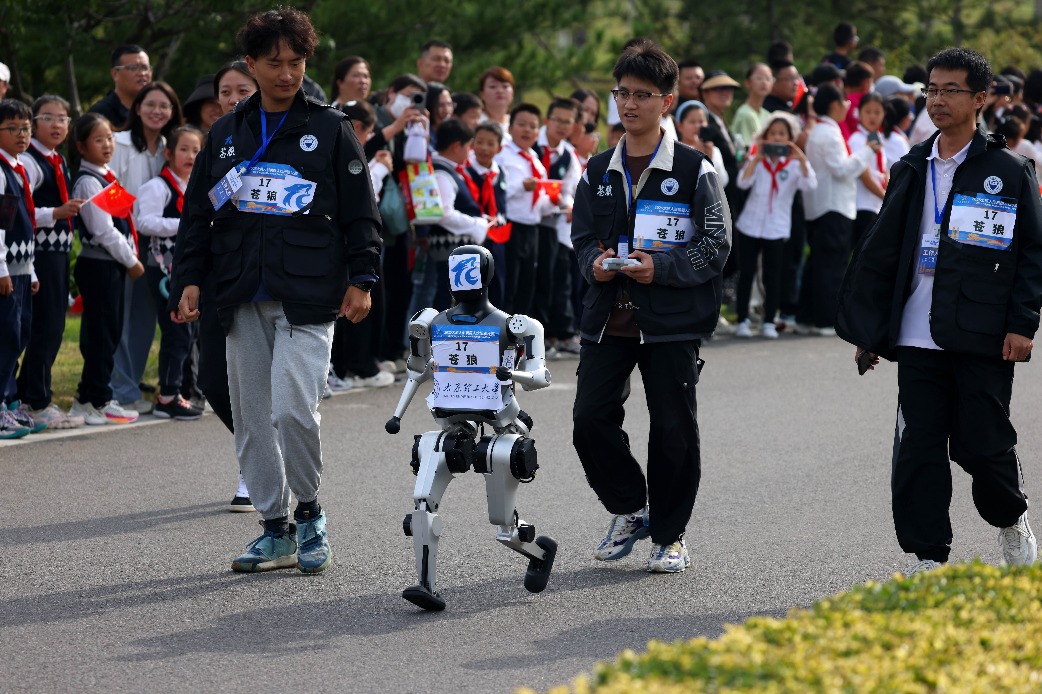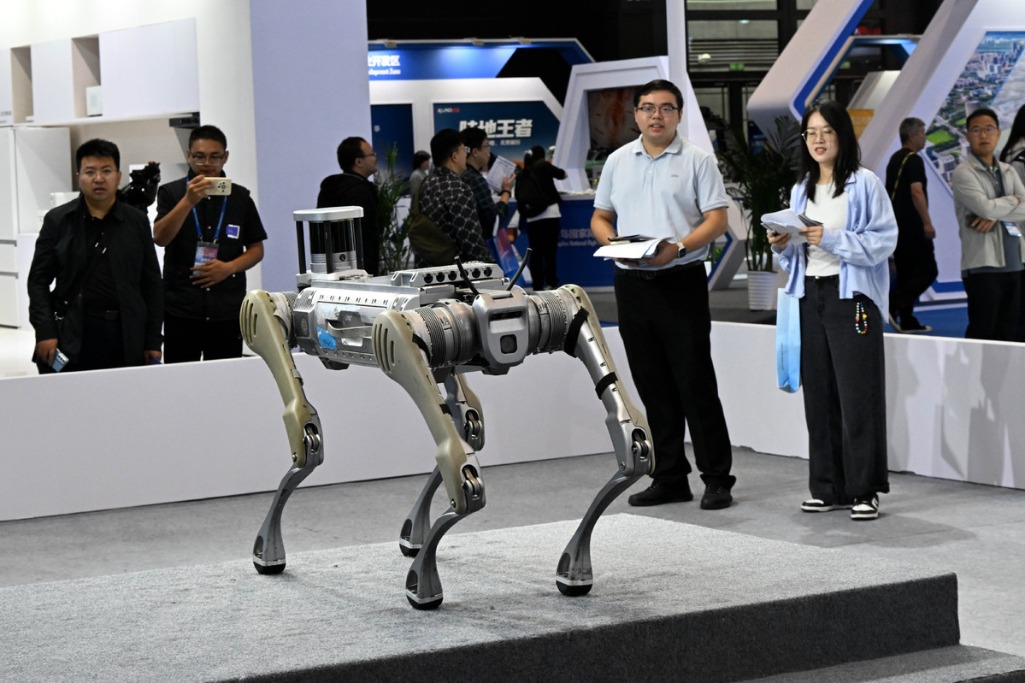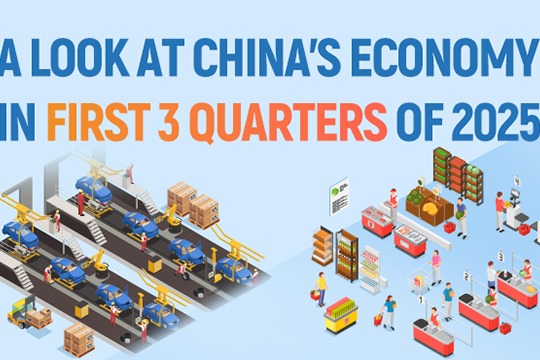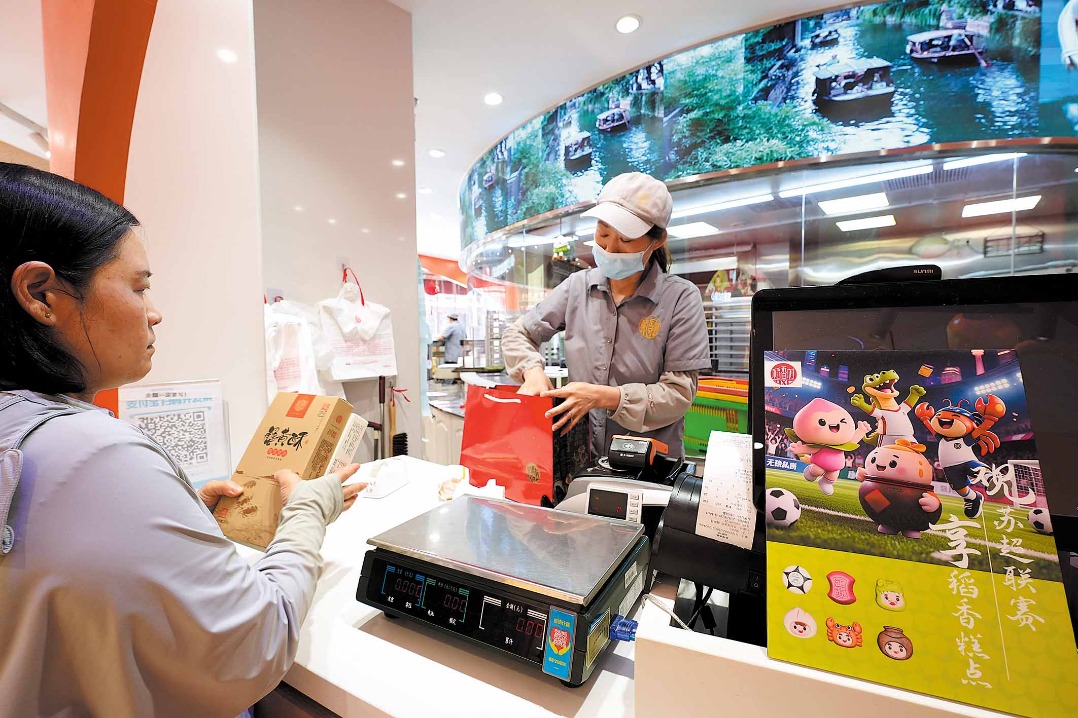China-ASEAN trade cruising in high gear
Business with 10-nation bloc rose 9.4% to 4.29 trillion yuan between January and July, accounting for 16.7% of country's total

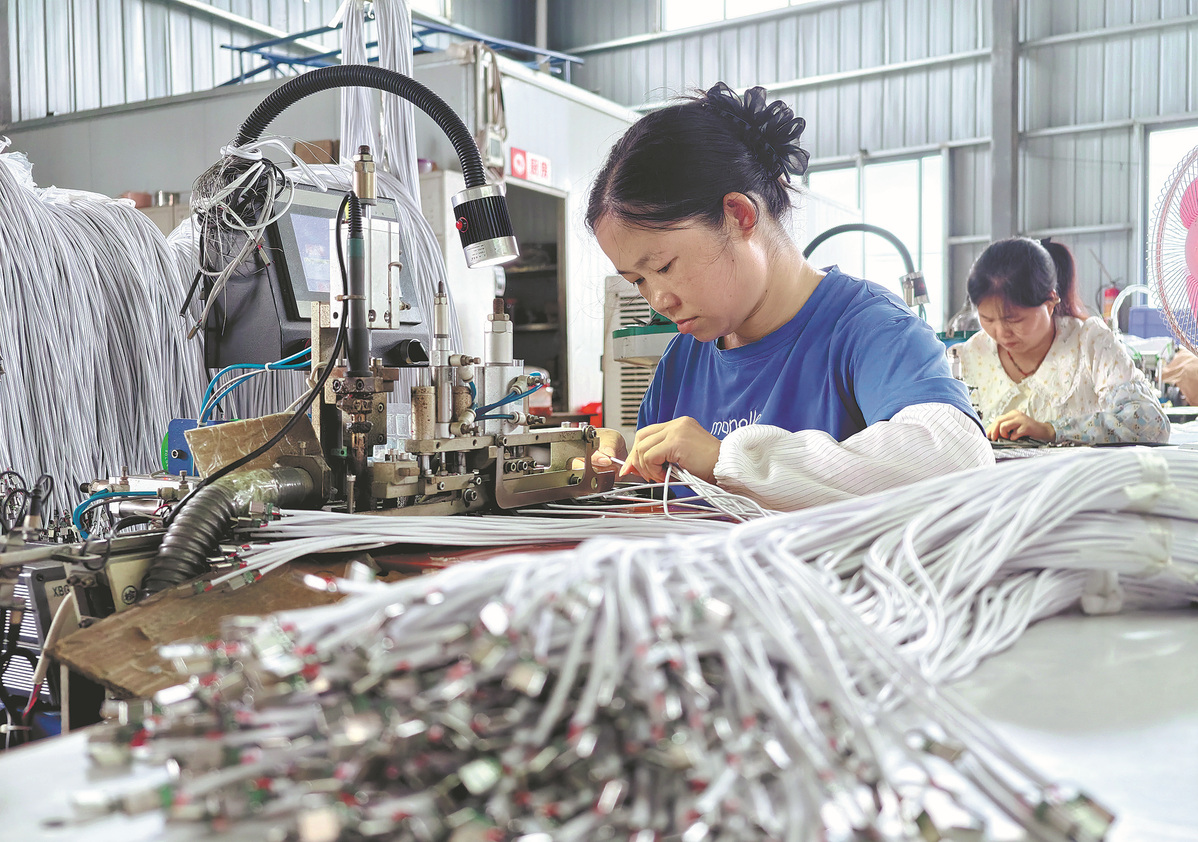
Last month, at the loading area of Cuori Electrical Appliances (Group) Co Ltd in Ningbo, Zhejiang province, five container trucks laden with steam irons and vacuum cleaners set off for Indonesia.
This was the company's fourth shipment to Southeast Asia in August, signaling rising demand for Chinese household appliances across the region.
Cuori Electrical's exports to the Association of Southeast Asian Nations soared 46.8 percent year-on-year to 88.81 million yuan ($12.36 million) in the first seven months, data from Ningbo Customs show.
"With the tariff policies of the United States adding pressure on global manufacturers this year, we have stepped up our overseas expansion, focusing more on Southeast Asian markets," said Li Guangze, Cuori's financial director.
Li said that rising urbanization, a growing middle-income group and the increased spending power of Gen Z consumers — those born between the mid-1990s and early 2000s — together with stronger demand for affordable, reliable appliances, have lifted the company's sales of irons as well as other small household devices in the ASEAN region, making it one of its fastest-growing export markets.
Reflecting the trend, China's trade with ASEAN — its largest trading partner — rose 9.4 percent on a yearly basis to 4.29 trillion yuan between January and July, accounting for 16.7 percent of the country's total, according to the General Administration of Customs.
Among ASEAN members, Vietnam, Malaysia and Indonesia were China's top three trading partners during this period, the GAC said.
Zhao Fujun, a researcher specializing in international economic cooperation at the Beijing-based Development Research Center of the State Council, said that even though big-ticket infrastructure projects have been the calling cards of Chinese companies in Southeast Asia, the region has now emerged as one of China's most dynamic trade partners after entering a new growth stage.
The implementation of Version 3.0 of the China-ASEAN Free Trade Area, coupled with expanding trade under the Regional Comprehensive Economic Partnership and cooperation under the Belt and Road Initiative, will provide fresh impetus for long-term trade growth, said Zhao.
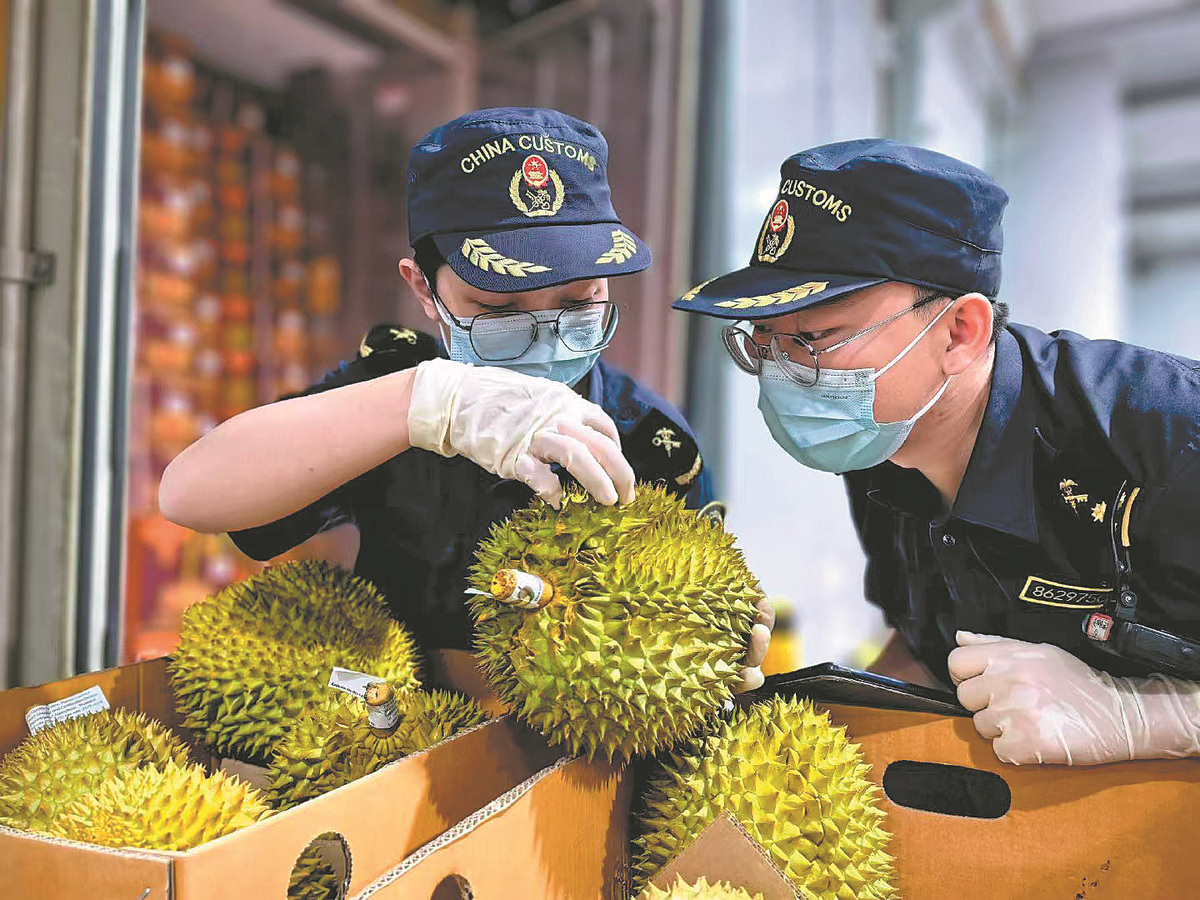
Commerce and trade ministers from China and ASEAN jointly announced in May the official conclusion of talks for CAFTA 3.0 via an online meeting, according to information released by the Ministry of Commerce.
China and the 10 ASEAN member states will expedite their respective domestic administrative and legislative procedures and work toward formally signing the CAFTA 3.0 upgraded protocol by the end of this year.
CAFTA 3.0 covers nine areas, encompassing both existing fields under the China-ASEAN Free Trade Area agreement and emerging sectors with significant potential for cooperation, including the digital economy, green economy, supply chain connectivity, trade facilitation and economic and technical cooperation.
Cai Hongbo, director of the Free Trade Zone Research Center at Beijing Normal University, said that amid mounting challenges to global trade, the conclusion of the CAFTA 3.0 negotiations signals a renewed commitment to openness and cooperation, underlining the resilience of free trade and providing greater certainty for regional and global economies.
"ASEAN needs Chinese goods because demand is surging while affordability and supply reliability matter most," said Cai. "China's industrial capacity, product range and trade agreements position it as the natural supplier."
For instance, Southeast Asia still faces major infrastructure gaps in power supply, transportation and manufacturing. Products like power generators and construction machinery from China fill critical needs for stable electricity and urban expansion. China's ability to supply at scale and relatively lower cost makes it the go-to partner, he added.
In addition to agricultural products, ASEAN's exports to China cover a wide range of goods, including rubber, palm oil, seafood, timber, coal, chemicals, raw materials for plastics, refined oil, copper, nickel and other minerals. The regional bloc also supplies China with manufactured items such as data storage devices, integrated circuits, electronics and rubber-based medical supplies.
China ships mainly computers, telecommunications equipment, trains, bulk and container vessels, excavators, diesel fuel, steel, lighting products, medical equipment, textiles and household appliances to ASEAN. Its electric vehicles, power storage equipment and trucks have also become popular in many Asian countries in recent years.
Agg Power Technology (Fuzhou) Co Ltd, a power equipment manufacturer based in Fuzhou, Fujian province, plans to expand in ASEAN markets by increasing investment in innovation and strengthening its local service networks in the coming years, with the aim of boosting regional supply chain cooperation.
The company's exports to ASEAN reached 147 million yuan during the January-July period, up 41.3 percent year-on-year, said Fuzhou Customs.
Chen Ran, the company's operations director, said sales of diesel generator sets had remained particularly strong in Southeast Asian markets, pushed by Agg Power's efforts to refine its product mix and offer customized services to meet varied customer needs.
"Our products are widely used in urban infrastructure projects across ASEAN countries, ensuring stable power supply and steadily increasing our market share," said Chen, adding that the company had taken part in several projects in Indonesia this year — including power stations and petrol bunks — driving up its market share in the country to 19 percent.
As ASEAN economies advance, their demand for high-tech products from China has also grown rapidly, with imports increasingly concentrated in areas such as electronics, digital and green technologies, said Zhang Junbin, founder of Yunjing Intelligence Innovation Co Ltd, a manufacturer of household robots based in Shenzhen, Guangdong province.
"Since the beginning of this year, we have been advancing our globalization strategy with a strong focus on expanding in ASEAN," said Zhang. "Our robotic vacuum cleaners, equipped with artificial intelligence-powered visual recognition and intelligent path-planning technologies, have performed particularly well in overseas markets."
From January to July, the Chinese company's exports to ASEAN reached nearly 20 million yuan, up 194 percent year-on-year, data from Shenzhen Customs showed.
Lyu Daliang, director of the department of statistics and analysis at the GAC, said that despite a challenging external environment, China's foreign trade has sustained steady growth, with its trade structure becoming more optimized and high-tech products playing an increasingly vital role in driving overall expansion.
China's trade of high-tech products, including high-end machine tools and electric vehicles, reached 5.1 trillion yuan from January to July, up 8.4 percent year-on-year, contributing 45.4 percent to the overall growth of foreign trade during this period, data from the GAC showed.
Alongside the trade growth, improved regional connectivity projects are also strengthening China-ASEAN economic ties. The China-Laos Railway, for example, handled more than 3 million metric tons of imports and exports in the first half, with a trade value exceeding 12.8 billion yuan, up 8.2 percent and 38.5 percent year-on-year, respectively, said Kunming Customs.
Key exports from Laos to China include fruits, beer, cassava, rubber and minerals, with the range of products transported expanding from just over 10 to more than 3,000 varieties.
With more regional connectivity projects coming on stream, a wider variety of Southeast Asian goods will enter the Chinese market, broadening from traditional commodities to higher value-added products, said Chen Jianwei, a researcher at the University of International Business and Economics' Academy of China Open Economy Studies in Beijing.
Chen said stronger trade links will further weave regional supply chains together and solidify China-ASEAN economic cooperation, providing fresh momentum for long-term growth.
zhongnan@chinadaily.com.cn


















